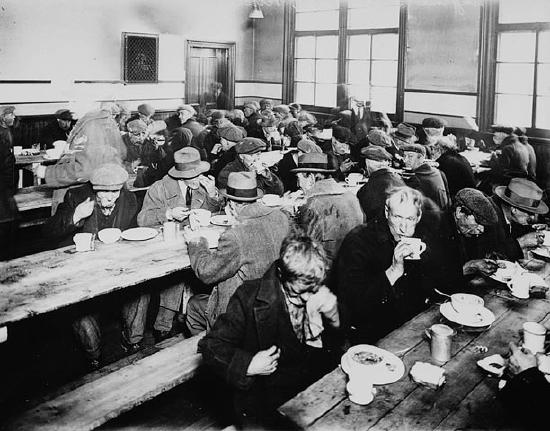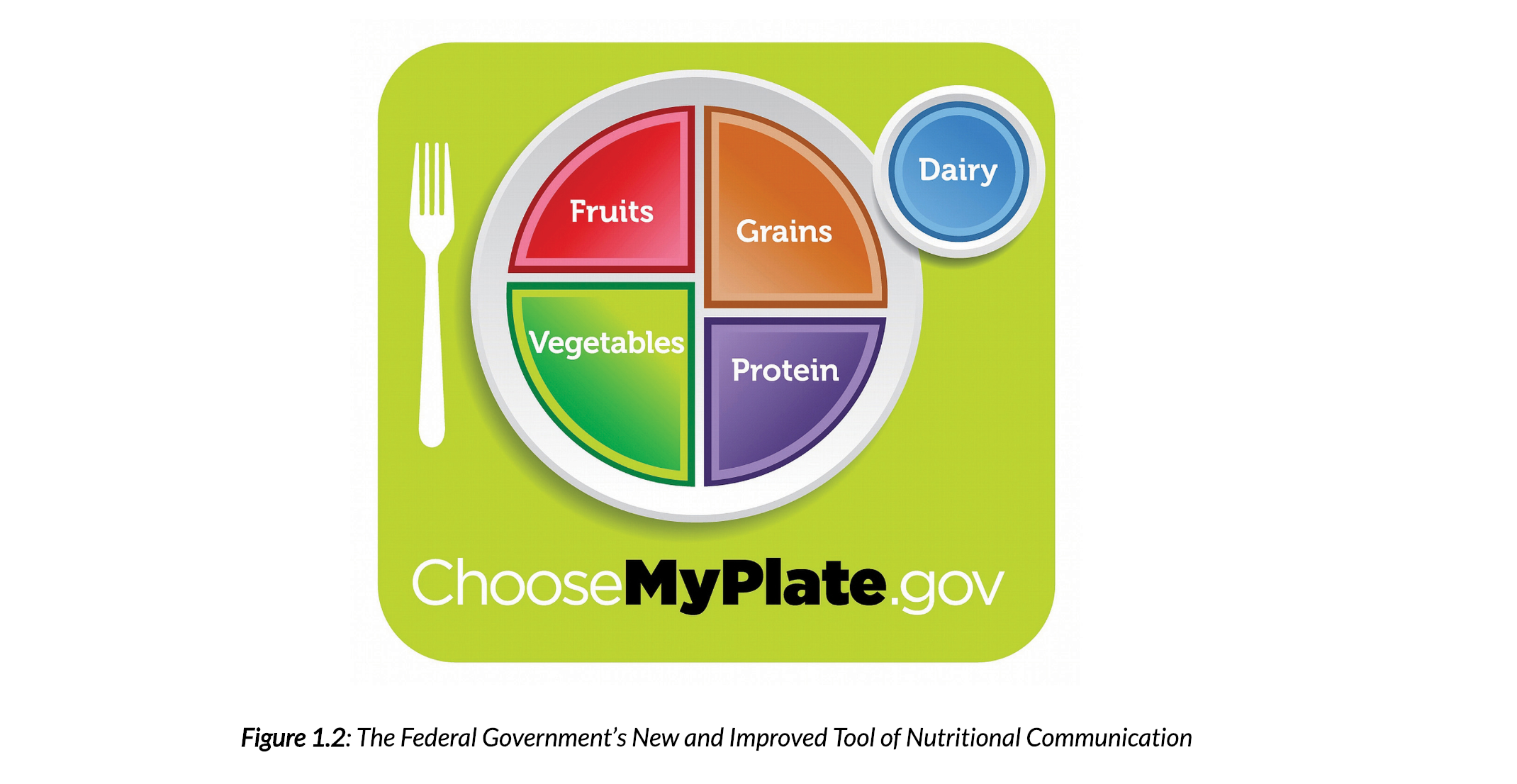2.1 – Introduction to Tools
Developing a healthful diet can be rewarding, but be mindful that all of the principles presented must be followed to derive maximal health benefits. For example, many immigrants to the United States have been unable to maintain their traditional diets for various environmental, social and demographic reasons. This has resulted in diets high in a variety of high-calorie, nutrient-poor foods. Frequent inadequate and/or excessive nutrient intake can lead to many health issues in a community such as obesity, diabetes, heart disease, and cancer.1 We will begin by describing a dietary toolkit and it’s features developed for the United States.
A dietary toolkit contains numerous ideas to help you achieve a healthy diet.
Let’s talk about a toolkit for a healthy diet. The first thing in it would be the Recommended Daily Allowances (R.D.A.s). Then we could add the Dietary Reference Intakes (D.R.I.s), the Estimated Average Requirements (EARs), and the Tolerable Upper Intake Level (U.L.s). All of these tools are values for important nutrients, calculated to meet the health needs of different age groups. But long before the dietary toolkit full of acronyms such as D.R.I., R.D.A., EAR, and U.L., daily standards were created with the single goal of keeping workers alive and toiling in the factories and workhouses of the early Industrial Revolution. In the late nineteenth-century powerhouse tycoons operated without fear of legal consequences and paid their workers as little as possible in order to maximize their own profits. Workers could barely afford housing and were dependent on what their bosses fed them at the workhouses to fend off starvation.

Living conditions in those days show that the term “starvation wages” was not just a figure of speech. Here’s a typical day’s menu:
- Breakfast. 1-pint porridge, one 6-ounce piece of bread.
- Lunch. Beef broth one day, boiled pork and potatoes the next.
- Dinner. 1-pint porridge, one 6-ounce piece of bread.
As public awareness about these working conditions grew, so did public indignation. Experts were eventually called in to create the first dietary guidelines, which were designed only to provide a typical individual with what they needed to survive each day and no more. It wasn’t until World War I that the British Royal Society first made recommendations about the nutrients people needed to be healthy, as opposed to merely surviving. They included ideas we now take for granted, such as making fruit and vegetables a part of the diet and giving milk to children. Since then, most governments have established their own dietary standards. Food is a precious commodity, like energy, and controlling the way it is distributed confers power. Sometimes this power is used to influence other countries, as when the United States withholds food aid from countries with regimes of which it disapproves. Governments can also use their power over food to support their most fragile citizens with food relief programs, such as the Supplemental Nutrition Assistance Program (S.N.A.P.) and the Women, Infants, and Children Supplemental Food Program (W.I.C.).
The US government has also established dietary standards to help citizens follow a healthy diet. The first of these were the Recommended Daily Allowances (R.D.A.s), published in 1943 because of the widespread food shortages caused by World War II. During the war, the government rationed sugar, butter, milk, cheese, eggs, coffee, and canned goods. Limited transportation made it hard to distribute fruits and vegetables. To solve this problem, the government encouraged citizens to plant “victory gardens” to produce their own fruits and vegetables. More than twenty million people began planting gardens in backyards, empty lots, and on rooftops. Neighbors pooled their resources and formed cooperatives, planting in the name of patriotism.

Today in the United States, there are various measures used to maintain access to nutritious, safe, and sufficient food to the citizenry. Many of these dietary guidelines are provided by the government and are found at the United States Department of Agriculture (USDA) website, ChooseMyPlate.gov. We call this collection of guidelines the “dietary toolkit.”
How will you use the dietary toolkit
The government works to provide citizens with information, guidance, and access to healthy foods. How will you decide which information to follow? What are the elements of a healthy diet, and how do you figure out ways to incorporate them into your personal diet plan? The dietary toolkit can be likened to a mechanics toolkit, with every tool designed for a specific task(s). Likewise, there are many tools in the dietary toolkit that can help you build, fix, or maintain your diet for good health. In this chapter, you will learn about many of the tools available to you.

An image of the Federal Government’s tool of nutritional communication
Long Description: An image of the Federal Governments new and improved tool of nutritional communication. the illustration featured in the image has a plate with four of the 5 major food groups sectioned into four parts of the plate. A bigger section represents a higher daily amount needed. For example vegetables are the biggest group featured on the illustration, meaning you need to eat the most from this food group than any other. The four sections are vegetables, protein, fruits, and grains. Off to the side of the plate is a cup representing the amount of dairy needed in a day, thus completing and displaying all of the five food groups

